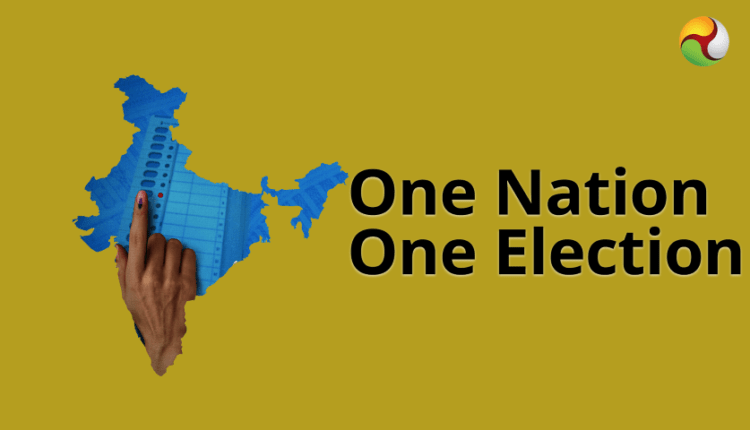One Nation, One Election: What Are The Pros And Cons?

New Delhi: The high-profile G20 Summit is coming up in Delhi in the next few days, but that’s not what the nation is talking about.
It’s the proposed ‘One Nation, One Election’ plan that is dominating discussions and debates across India.
Simultaneous elections were the norm in India after Independence, with the country voting at the same time for the Centre and states in 1952, 1957, 1962 and 1967.
Thereafter, the system changed.
One election was again mentioned in the Election Commission’s annual report in 1983. A decade and a half later, a Law Commission report again referred to it in 1999. There was no further discussion on this issue until the BJP-led government came to power in 2014, when Prime Narendra Modi started making a strong pitch for ‘one nation, one election’.
Around nine months before general elections, the BJP is making a really strong pitch for simultaneous elections for Lok Sabha and state Assemblies.
The fresh thrust has been backed by a government-formed committee, headed by former President Ram Nath Kovind, to examine the proposal.
Just over a month ago, Union Law minister Arjun Meghwal had listed the pros and cons of conducting a one-time nationwide election, reported NDTV.
In a written reply to a question by Kirodi Lal Meena in Parliament on July 27, Meghwal pointed out the possible hurdles and the possibilities of One Nation One Election Proposal.
THE HURDLES
* To implement it, amendments to in five articles of the Constitution will be required — Article 83 on duration of Houses of Parliament, Article 85 on dissolution of Lok Sabha by the President, Article 172 on duration of state legislatures, Article 174 on dissolving state legislatures and Article 356 on President’s Rule in states.
* Simultaneous elections will require the consensus of all political parties.
* The minister said that given the country’s federal structure, it was imperative to obtain consensus of all state governments.
* The cost of such an exercise could run into thousands of crores or rupees as additional Electronic Voting Machines and Voter Verifiable Paper Audit Trail (EVMs/VVPATs) would be required.
“Considering that the life of (EVM) machine is only 15 years, this would imply that the machine would be used for about three or four times in its life span, entailing huge expenditure in its replacement every 15 years,” Meghwal had stated.
* Additional polling personnel and security forces would be required to carry out the gigantic exercise.
THE ADVANTAGES
* Simultaneous polls will result in huge saving for the public exchequer. Avoiding repeated elections will also cut costs for political parties and candidates in election campaigns.
* Because of multiple elections, including bypolls, Model Code of Conduct is in force for prolonged periods, which impacts developmental and welfare programmes adversely.
* The minister cited the example of South Africa, where elections to national and provincial legislatures are held simultaneously every five years, and municipal elections every two years.
* There is also the example of Sweden, where election to the national legislature (Riksdag) and provincial legislature/county council (Landsting) and local bodies/municipal assemblies (Kommunfullmaktige) are held on a fixed date — the second Sunday of September – every four years.
* In UK, the term of parliament is governed by the Fixed-term Parliament Act, 2011.
It remains to be seen what the Kovind-headed panel comes up with.

Comments are closed.